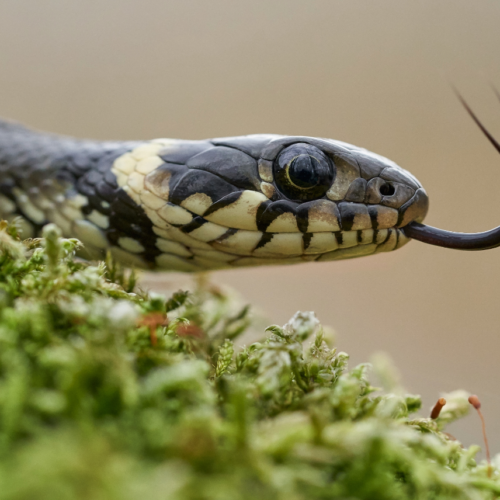I was out nest finding at the weekend for the British Trust for Ornithology’s (BTO’s) Nest Record Scheme.
A long-tailed tit nest, which I had found at the end of February, now contains three eggs – the female took a long time to lay after completing the nest!
I also found two blackbird nests with eggs and two song thrush nests with eggs. Please see the photos – they might be useful for identifying nests.
Note how the song thrush nest is unlined, the inside is bare and looks like chipboard. The egg is sky blue and sparsely spotted. In contrast, the blackbird
nests are lined with hairs and the eggs are green/blue with fine brownish speckles.
Song thrushes and blackbirds usually lay four or five eggs – these aren’t complete clutches yet. At this time of year look for both blackbird and song
thrush nests in ivy and brambles and remember that they can be very close to the ground.
Long-tailed tit nests are domed, with a small entrance hole, covered in lichen and lined with lots of feathers. They are often found in brambles and thorn
bushes.
I also found two more song thrush nests, two more long-tailed tit nests, two wren nests, one more blackbird nest and a greenfinch nest all awaiting eggs
… so several species on the go now. Dunnocks and robins will also be well under way.
Information on the Nest Record Scheme can be found here: http://www.bto.org/volunteer-surveys/nrs










